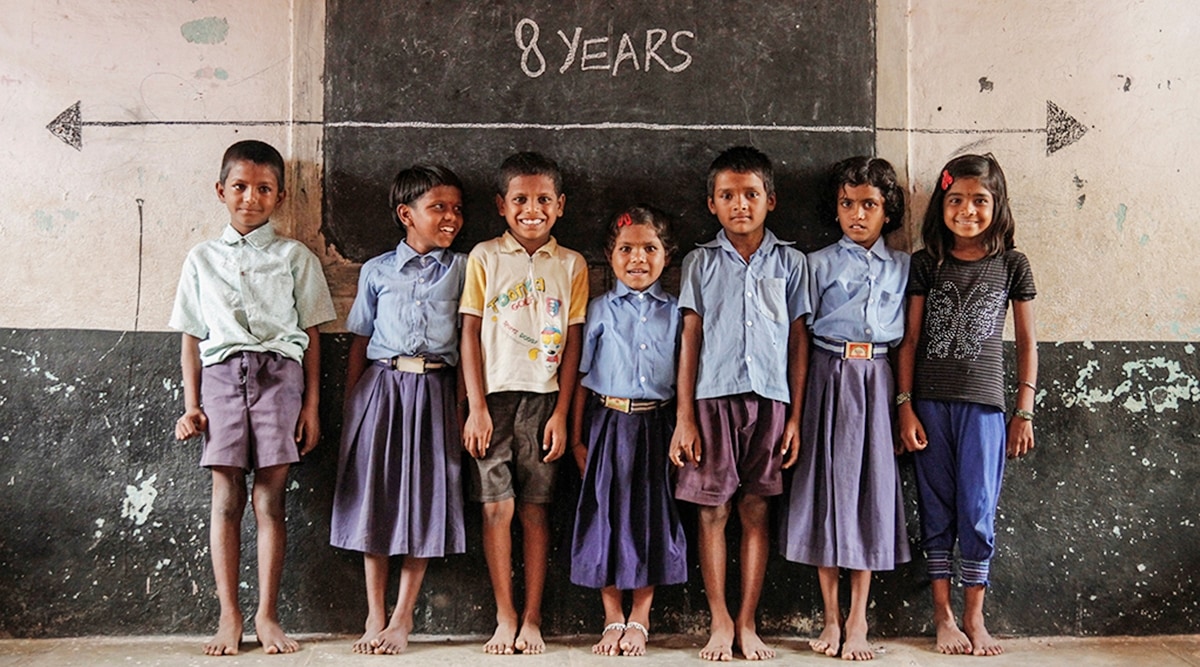-
National Nutrition Week: The story of India’s stunted growth | The Indian Express
08.09.2017 Why are so many Indian children short for their age? Despite significant efforts by the government to get food to children through various initiatives, India is home to a staggering 48 million children suffering from stunted growth, which affects their physical development as well as cognitive and emotional development.
Why are so many Indian children short for their age? Despite significant efforts by the government to get food to children through various initiatives, India is home to a staggering 48 million children suffering from stunted growth, which affects their physical development as well as cognitive and emotional development.Stunting, a major manifestation of undernutrition where children are short for their age, results from severe and persistent undernutrition. While the lack of nutritious food contributes to undernutrition, the World Health Organization (WHO) estimates that half of all undernutrition is associated with diarrhoea and infections resulting from inadequate access to clean drinking water, decent toilets and good hygiene.
This National Nutrition Week, WaterAid takes a look at few facts to understand the story of India’s stunted growth.
* India, the world’s second most populous nation, has the greatest number of children in the world who are stunted.
159 million children under the age of five are stunted — one in four children of this age. As per WaterAid’s Caught Short report, Nigeria and Pakistan rank second and third with 10.3 and 9.8 million children stunted, respectively.
* Stunting is a lifelong consequence of malnutrition that occurs in the first two years of a child’s life and is largely irreversible after that age. It is defined as children having low height for age and indicates that children haven’t developed as they should, physically or cognitively.
Malnutrition is not just caused by a lack of food but the lack of access to a decent toilet, clean water and good hygiene practices play a major role too, as repeated bouts of diarrhoea are often caused by dirty water and unhygienic environments and are directly linked to malnutrition.
* Currently, 12 per cent of the population in India do not have access to clean water and 56 per cent do not have a decent toilet.
* 54 per cent of international variation in children’s height can be linked to open defecation, which spreads deadly diseases and makes children more susceptible to diarrhoeal illness and infection. Over 60,000 children under five in India die each year of diarrhoeal diseases related to the lack of decent toilets, clean water and good hygiene.
* Five or more cases of diarrhoea before two years of age can lead to stunting. Half of all cases of undernutrition are estimated to be associated with repeated diarrhoea, intestinal worms and other infections as a direct result of inadequate water, sanitation and hygiene.
* India has made progress on reducing child stunting, from 48 per cent of all children in 2006 to 39 per cent in 2014. In spite of significant efforts to improve the nutritional status of children and women, the beneficial impact of these efforts are threatened by inadequate access to decent toilets, clean water and good hygiene.
* For our children to be healthy and well-nourished, we need both nutrition-specific interventions that get essential nutrients to children, as well as nutrition-sensitive interventions on water, sanitation and hygiene.
Source: National Nutrition Week: The story of India’s stunted growth | The Indian Express
Latest Blog Post
- Sugary Drinks Linked to a Higher Cancer Risk
- The Latest Research on Protein and Muscle-Building
- 27 Health and Nutrition Tips That Are Actually Evidence-Based
- Tall order: More to good growth in toddlers than just measurements
- Millions of cardiovascular deaths attributed to not eating enough fruits and vegetables

